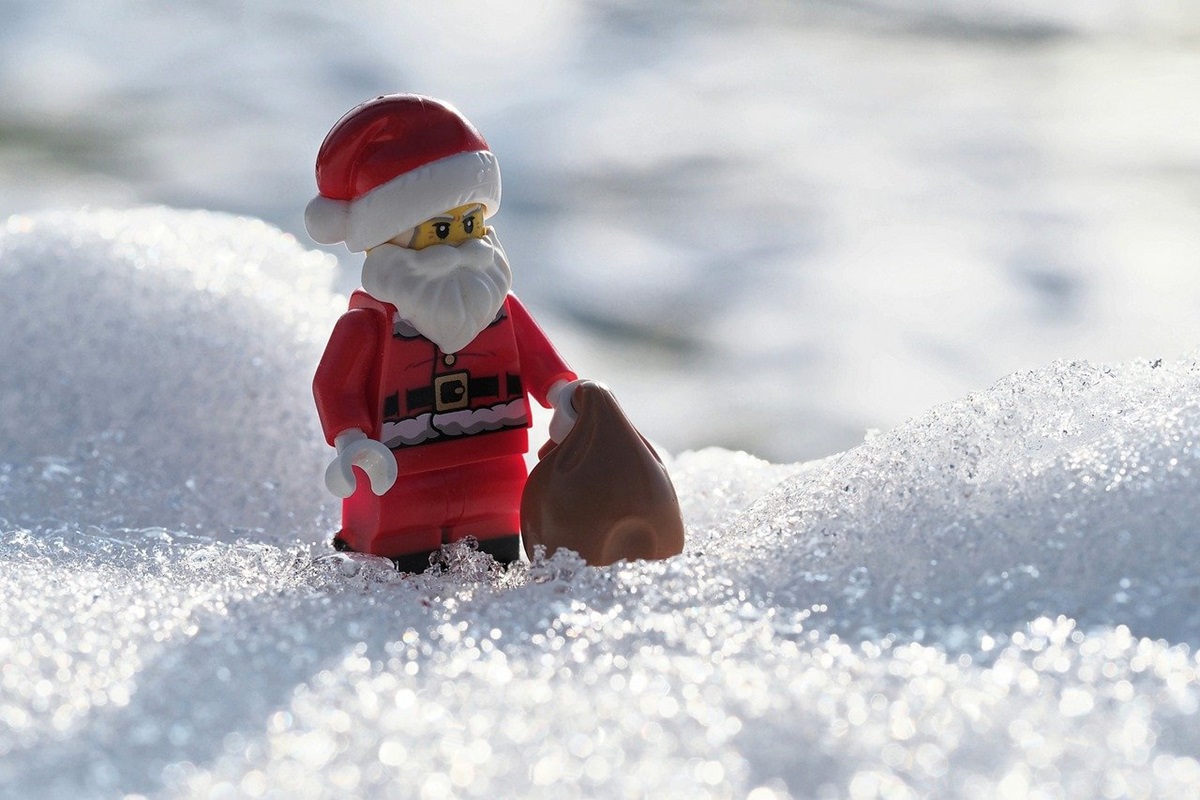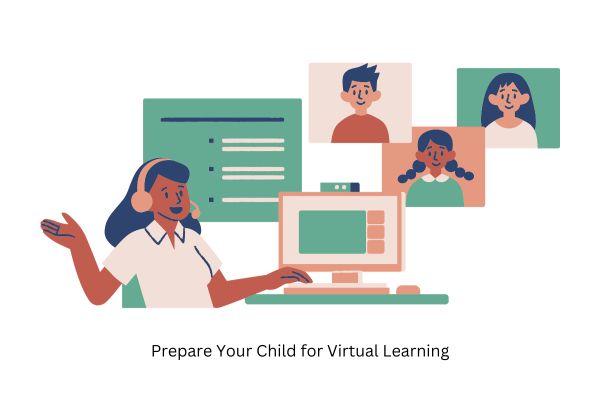The magic of Christmas often hinges on one burning question: Is Santa Claus real? For kids, the idea of a jolly old man in a red suit delivering presents worldwide on one night is captivating. Yet, as they grow older, the inevitable questions arise: How does he fit down the chimney? How does he deliver presents to billions of children in a single night?
While the scientific mind might struggle to reconcile these logistical feats, the belief in Santa Claus serves a deeper purpose for kids. It fosters a sense of wonder, encourages good behavior, and cultivates a spirit of giving.
The Evolution of Belief in Kids
Kids’ beliefs in Santa Claus often evolve through distinct stages:
- Unwavering Faith: Young kids wholeheartedly embrace the Santa Claus myth. They eagerly await his arrival, leaving out milk and cookies, and meticulously crafting their wish lists.
- The Seeds of Doubt: As kids mature, they begin to question the logistics of Santa’s operation. They may notice inconsistencies in their parents’ stories or overhear conversations that cast doubt on his existence.
- The Transition: This is a critical stage where kids grapple with the concept of make-believe. They may feel a sense of sadness or disappointment at the thought of Santa not being real.
- Finding Meaning in the Myth: Many kids eventually come to understand that while Santa Claus may not be a literal figure, the spirit of Christmas – generosity, kindness, and the joy of giving – remains very real.
The Importance of the Myth for Kids:
The Santa Claus myth, while fantastical, plays a significant role in a child’s development:
- Fostering Imagination: It encourages kids to use their imaginations and believe in the extraordinary.
- Promoting Good Behavior: The promise of Santa’s rewards often incentivizes kids to behave well.
- Cultivating Generosity: The focus on giving gifts to others helps kids develop a sense of empathy and altruism.
Navigating the Conversation with Kids:
When kids start to question Santa’s existence, it’s important to approach the conversation with sensitivity and honesty.
- Acknowledge their feelings: Validate their doubts and concerns. Let them know it’s okay to have questions.
- Focus on the spirit of Christmas: Emphasize the values that Santa represents – kindness, generosity, and the joy of giving.
- Create new traditions: Find alternative ways to celebrate the magic of Christmas with kids, such as volunteering at a local shelter or participating in charitable activities.
Ultimately, the belief in Santa Claus is a personal one. Whether kids choose to believe or not, the enduring message of Christmas – the importance of love, compassion, and spreading joy – remains timeless.





